Higher classification Nectophrynoides | Rank Species | |
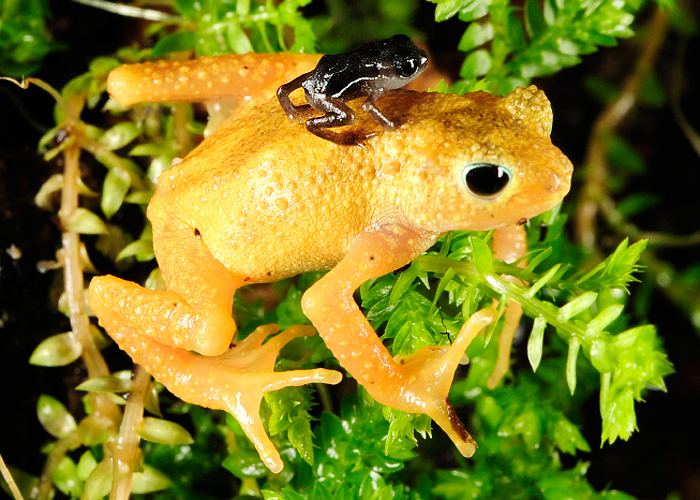 | ||
Scientific name Nectophrynoides asperginis Similar Nectophrynoides, Amphibians, Frog, True toad, Wyoming toad | ||
Rarest weirdest toad last stand the kihansi spray toad
The Kihansi spray toad, Nectophrynoides asperginis, is a small toad endemic to Tanzania. The species is live-bearing and insectivorous. The Kihansi spray toad is currently categorized as "Extinct in the wild" by the International Union for Conservation of Nature (IUCN), though the species persists in ex situ, captive breeding populations.
Contents
- Rarest weirdest toad last stand the kihansi spray toad
- Kihansi spray toads return to the wild
- Physiology
- Habitat
- Extinction in the wild
- Survival in captivity
- Reintroduction
- References
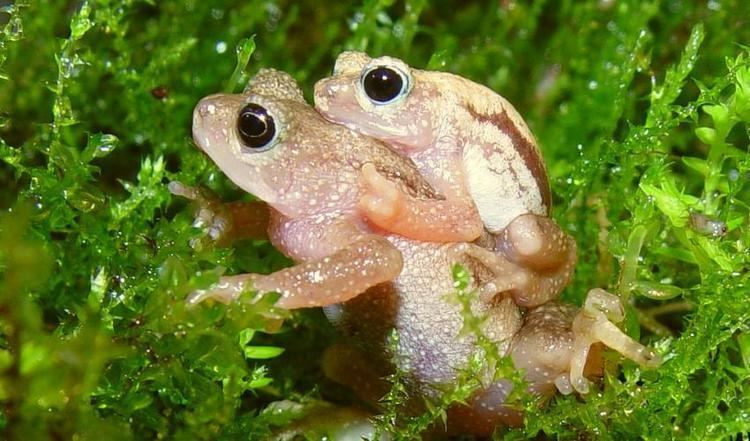
Kihansi spray toads return to the wild
Physiology
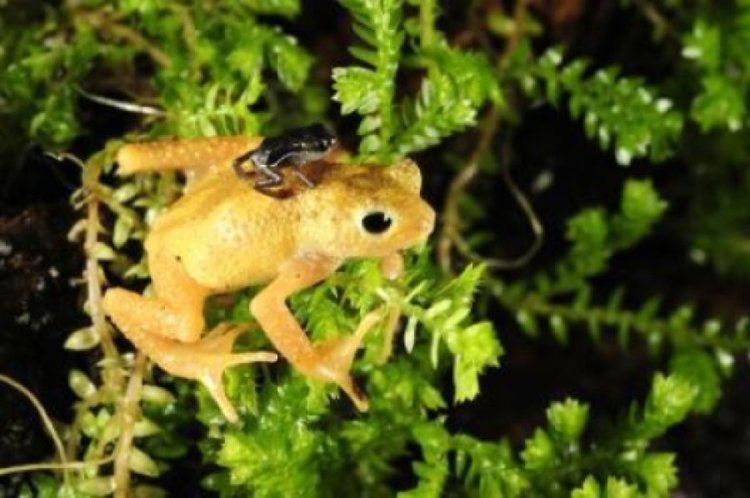
The Kihansi spray toad is a small, sexually dimorphic anuran, with females reaching up to 2.9 cm (1.1 in) long and males up to 1.9 cm (0.75 in). The toads display yellow skin coloration with brownish dorsolateral striping. Females are often duller in coloration, and males normally have more significant markings Additionally, males exhibit dark inguinal patches on their sides where their hind legs meet their abdomens. Abdominal skin is translucent, and developing offspring can often be seen in the bellies of gravid females.
These toads have webbed toes on their hind legs, but lack expanded toe tips. They lack external ears, but do possess normal anuran inner ear features, with the exception of tympanic membranes and air-filled middle ear cavities.
Habitat

Prior to its extirpation, the Kihansi spray toad was endemic only to a two hectare area at the base of the Kihansi River waterfall in the Udzungwa escarpment of the Eastern Arc Mountains in Tanzania. The Kihansi Gorge is about 4 km long with a north-south orientation. A number of wetlands made up the habitat of this species, all fed by spray from the Kihansi River waterfall. These wetlands were characterized by dense, grassy vegetation including Panicum grasses, Selaginella kraussiana moss, and snail ferns (Tectaria gemmifera). Areas within the spray zones of the waterfall experienced near-constant temperatures and 100% humidity.
Extinction in the wild
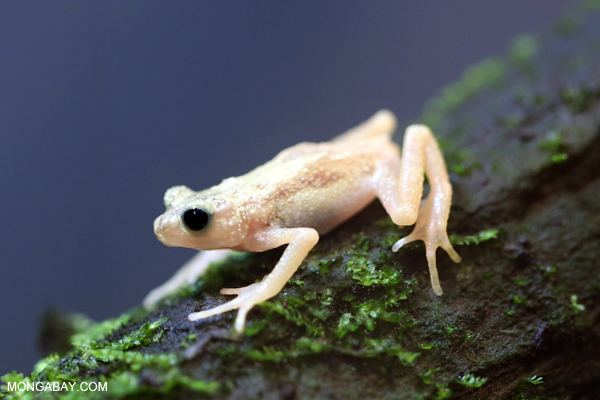
The extinction in the wild of the Kihansi spray toad was mainly due to habitat loss following the construction of Kihansi Dam in 1999, which reduced the amount of water coming down from the waterfall into the gorge by 90 percent. This led to the spray toad's microhabitat being compromised, as it reduced the amount of water spray, which the toads were reliant on. A sprinkler system that mimicked the natural water spray was not yet operational when the Kihansi Dam opened. In 2003 there was a final population crash in the species. This coincided with a breakdown of the sprinkler system during the dry season, the appearance of the disease chytridiomycosis, and the brief opening of the Kihansi Dam to flush out sediments, which contained pesticides. The last confirmed record of wild Kihansi spray toads was in 2004.
Survival in captivity
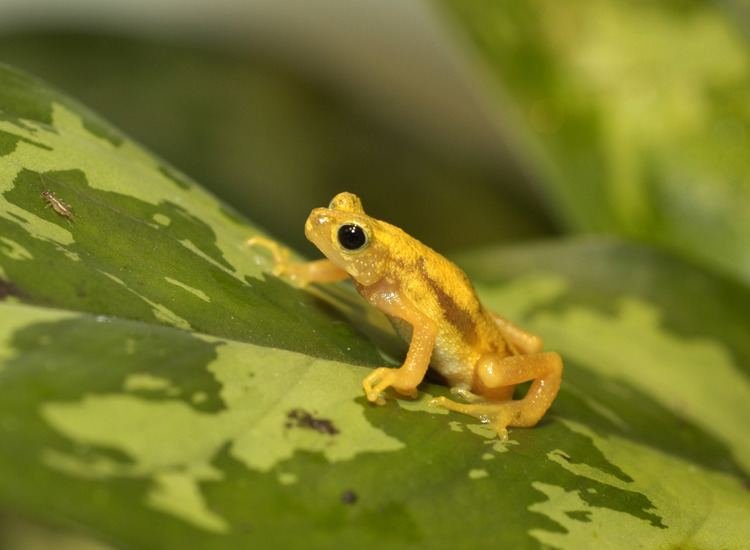
The Bronx Zoo initiated a project where almost 500 Kihansi spray toads were taken from their native gorge in 2001 and placed in six U.S. zoos as a possible hedge against extinction. Initially its unusual life style and reproduction mode caused problems in captivity, and only Bronx Zoo and Toledo Zoo were able to maintain populations. By December 2004, less than 70 remained in captivity, but when their exact requirements were discovered greater survival and breeding success was achieved. In November 2005, the Toledo Zoo opened an exhibit for the Kihansi spray toad, and for some time this was the only place in the world where it was on display to the public. The Toledo Zoo now has several thousand Kihansi spray toads, the majority off-exhibit. The Bronx Zoo also has several thousand Kihansi spray toads, and it opened a small exhibit for some of these in February 2010. In 2010 Toledo Zoo transferred 350 toads to Chattanooga Zoo, which has created a small exhibit for them. Groups numbering in the hundreds are now also maintained at Detroit Zoo and Omaha's Henry Doorly Zoo.
Reintroduction
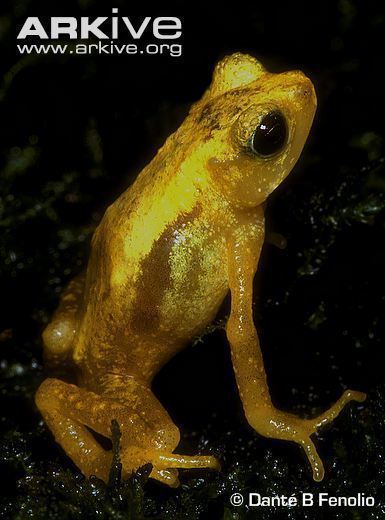
In August 2010, a group of 100 Kihansi spray toads were flown from the Bronx Zoo and Toledo Zoo to their native Tanzania, as part of an effort to reintroduce the species into the wild, using a propagation center at the University of Dar es Salaam. In 2012, scientists from the center returned a test population of 48 toads to the Kihansi gorge, having found means to co-inhabit the toads with the chytrid fungus. They plan to release a total population of about 1,800 toads after monitoring the initial release for several months.
